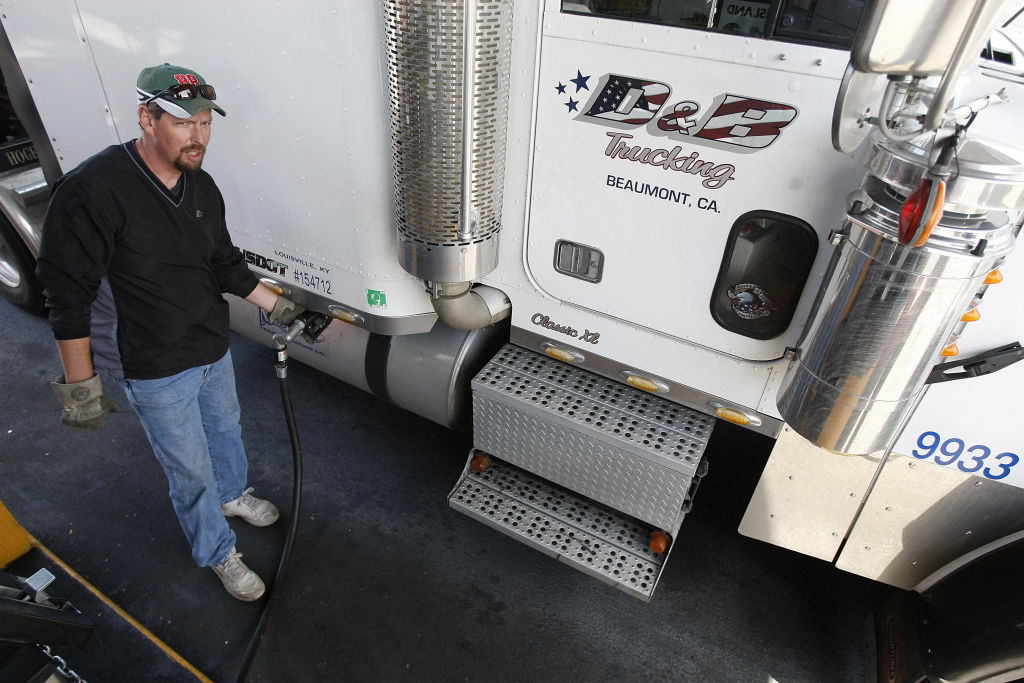
There Are Completely Autonomous Trucks Among Us
Are you uncomfortable knowing there are completely autonomous trucks among us? There are numerous autonomous semi-trucks breezing down the highways of America every single day. Should we be concerned? Is it safe?
Some day there will be tons of advantages for the owner of a fleet of autonomous trucks. But what about the rest of us? A company called TuSimple recently sent a truck from Nogales, Arizona, to Oklahoma City. It carried a load of watermelons, in case you wondered.
How far did this autonomous truck travel?

Though just under 1,000 miles separate the two cities, the company routed the truck through Dallas, Texas. According to its press release, the first 65 miles and last 200 miles used a driver. A human driver. But between those two points, it was all TuSimple’s technology truckin’ down the highway.
As long as everything goes perfectly, which it did, it significantly cuts down on time versus using a human driver. If you believe the hype. “A human driver can complete the entire trip in 24 hours and six minutes, while TuSimple demonstrated its autonomous system can make this trip in 14 hours and six minutes, which is 42% faster,” says the press release.
Of course, this claim is deceiving. That’s because the 24 hour time stated for a human driver includes mandated off-duty time. That’s because the feds mandate drivers who drive 14 consecutive hours have to take 10 hours off before continuing to drive.
There was really no difference between human and autonomous driving times

So the roughly 10 hours difference between the two numbers is solely based on the mandate. While the downtime has to be factored into scheduling, in real terms, there was no difference in the times. And, an attendant must be with the truck during autonomous periods as a fallback in case of glitches.
So isn’t that the same as having a driver handle the entire route? Then the question becomes once these trials are completed, will there still be a requirement for an attendant? If so, then where are the savings?
We realize that truly autonomous driving is still years and years away. And who knows how long an attendant will be required after that? We know that the point is to one day eliminate drivers. But is all of this time and money really worth it?
A typically loaded semi-truck weighs 80,000 lbs

In the meantime, we all are guinea pigs. A typically loaded semi-truck weighs 80,000 lbs. So this is a vast experiment in launching 80,000 lb missiles down the highway with no driver. We all get to be part of it good or bad.
Lately, hacking into infrastructures like oil pipelines and meatpacking plants is one country’s idea of grins and giggles. Once the US gets up to speed with autonomous trucking, will these clowns find it fun to play with the software of trucks? Overriding the controls for observing a catastrophic outcome would be these hacker’s wildest dreams.
There are a lot of safety concerns that will need to be foolproof before everyone is on board with autonomous driving. Until then, there will continue to be completely autonomous semi-trucks among us.



